Design of Mirror and Catadioptric Systems
by Rawan Alsughayer

1. It has both coma and astigmatism if the stop not at focus.
2. For distant objects -> undercorrected spherical aberration
3. object located at one focal point of a conic --> the image located at the other focal point, no spherical aberration
4. aperture located at the plane of a focus -> image is free of astigmatism
5. Reflecting Systems
5.1. need increase because the difficulty to find satisfactory refractive materials for non visible spectrum
6. Spherical Mirror
6.1. The aberration is only one-eighth of that of an equivalent glass lens
6.2. If the stop at its center of curvature the image is free of coma and astigmatism
7. Paraboloid Reflector
7.1. generated by rotation of the conic sections circle
7.2. object imaged at the focus without spherical aberration
8. Ellipsoid and Hyperboloid
8.1. arranged to correct coma, astigmatism and spherical
8.2. negative lens near the secondary to correct the coma.
8.3. doublet near focus to correct the astigmatism and Petzval
9. Conic Section
9.1. aperture located in the plane of a focal point --> no astigmatism
10. Schmidt System
10.1. consists of a spherical reflector with an aspheric corrector plate at its center of curvature
10.2. spherical aberration corrected by the corrector plate
10.3. higher-order forms of astigmatism.
11. Mangin Mirror
11.1. combined reflecting and refracting
11.2. consist of two surfaces spherical mirrors
11.3. the first surface chosen to correct the spherical aberration
11.4. one radius is chosen arbitrarily
11.5. other radius is varied systematically until the spherical aberration is corrected
12. Maksutov System
12.1. extension of the Mangin mirror principle
12.2. correcting lens is separated from the mirror
12.3. combined with a Schmidt-type aspheric corrector plate to correct chromatic


